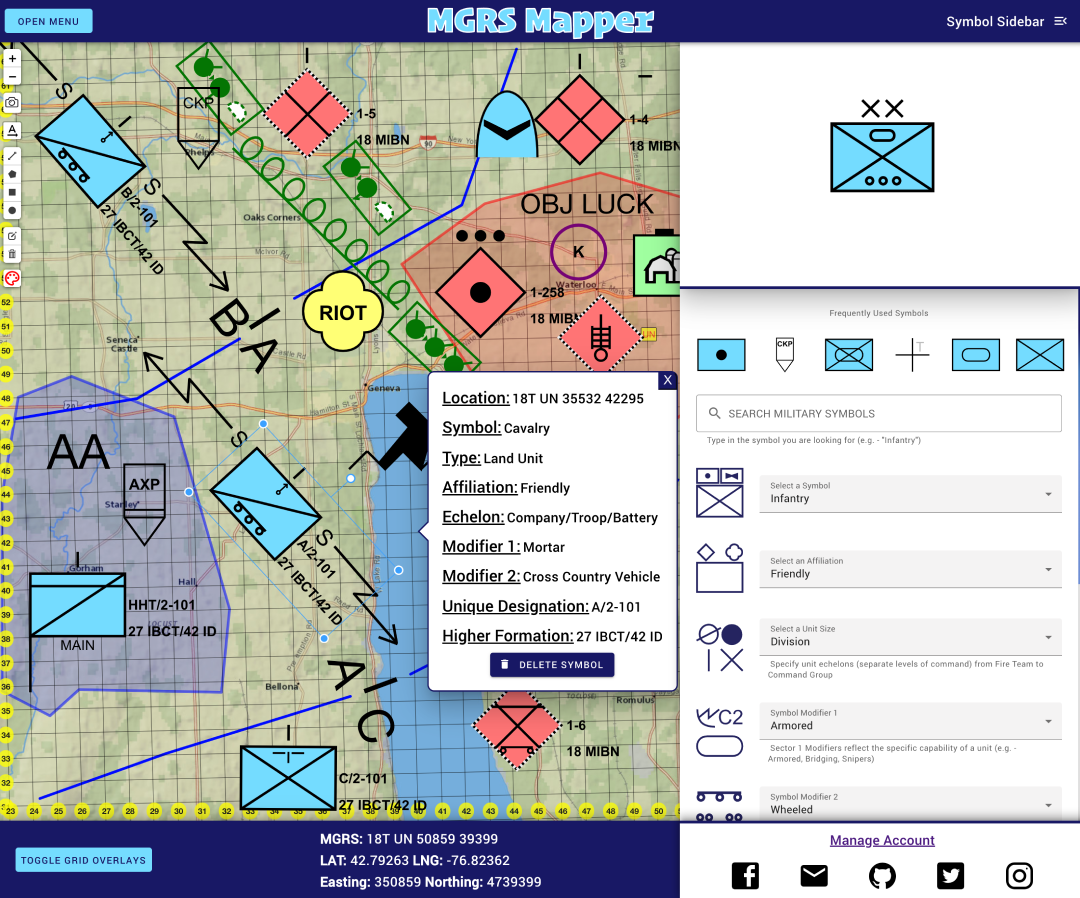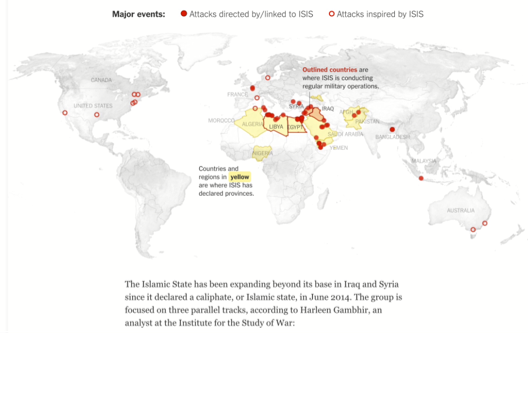
Rorion and Royce Gracie made three trips to the battalion over the next couple of years, and I also went to Torrance with a couple of others to study. Also, sportive Jiu-Jitsu had great potential to change the art into something not oriented toward fighting at all. Gracie Jiu-Jitsu was principally designed for the venue that had made it famous, one-on-one arena fighting. It was easy to learn, had a competitive form, and was proven effective within the arena or Mixed Martial Arts fighting. The Jiu-Jitsu taught at the Gracie Academy fitted many of the battalion needs. Eventually, after looking at many different styles, we sent several men to train at the Gracie Jiu-Jitsu Academy in Torrance, California. We began to develop a program based around wrestling, boxing and the various other martial arts we had learned, such as Judo and Muay Thai. He recognized that a successful program must have a competitive aspect in order to motivate soldiers to train and that it must include “live” sparring in order to be useful in cultivating a Combative culture. J.Robinson, the head coach of the University of Minnesota wrestling program, himself a Vietnam era Ranger who had coached our battalion operations office at the University of Iowa, came out to evaluate the emerging program and gave some valuable advice. Perhaps because we had representatives from so many different martial arts, and because all of us had experienced the failure of trying to teach our particular martial art to our units, there was a general understanding that none of us had the answer. When we began to look for a better method, the instructors within the battalion practiced a variety of traditional martial arts: karate, Jiu-Jitsu, ninjitsu, boxing, wrestling etc. This was the case in the Ranger Regiment-unless the small unit leader happened to practice martial arts, there was almost no Combative training. In most units, there was no training at all. Due to this indifference, the unit instructor became whatever martial arts hobbyist happened to be in that unit, and the training narrowed down to whatever civilian martial arts those people had studied during their time off duty.

Most soldiers laughed at the Combatives techniques they were taught in basic training. All they had was a vague approach that left it to the local commander’s discretion.


In general, the Rangers would rather have been shooting, road marching or anything else that they felt could actually benefit them.ĭuring that time, the Army had a Combatives manual, FM 21-150 (1992), but had no program to produce qualified instructors and lacked a study system for implementing the training within units. There was the general feeling among the Rangers that the techniques would not work and that it was a waste of valuable training time. In 1995, when the Commander of the 2nd Ranger Battalion ordered us to reinvigorate the martial arts training within the battalion, we quickly uncovered serious problems within the Army’s existing Combatives program. The team has won 2 out of four tournaments and always places well. Since the beginning of the All ARMY tournament in 2004, Greg has helped coach the USAJFKSWCS team. Modern Army Combatives Training & Certificationsįor more information on MACP – Combative History, click here.


 0 kommentar(er)
0 kommentar(er)
